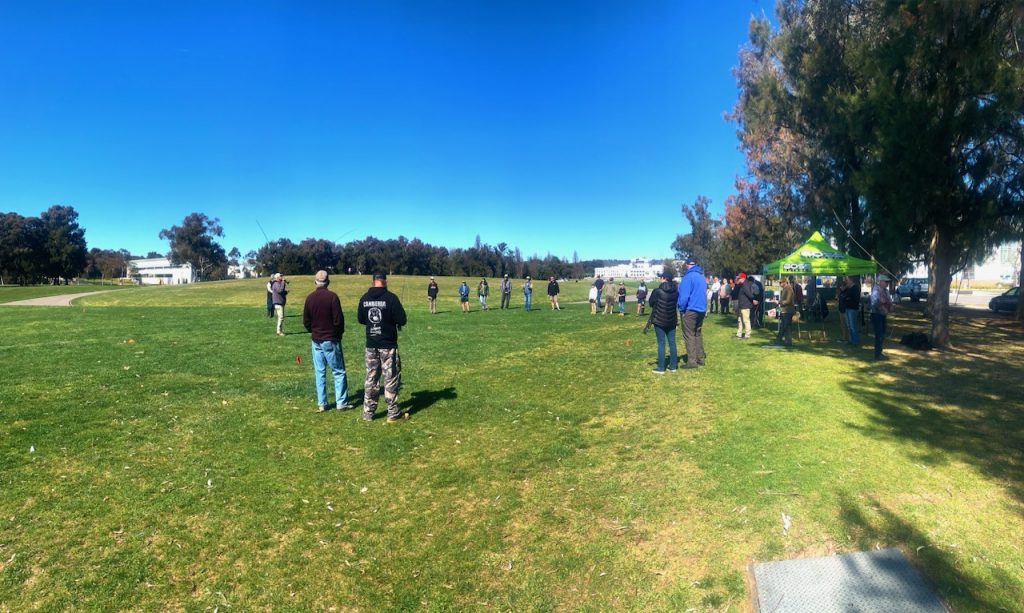Our next meeting will be held upstairs in The Loft meeting room at Raiders Weston at 1 Liardet Street in Weston from 7:30.
Our guest speaker will be Fly Fishers International member Freddy von Reibnitz who will give us a presentation on The History of Bamboo Fly Rod Building in Australia. Freddy will also be bringing a couple of Australian-made rods with him for us to look at.
Freddy is the only person Lyall knows of who has passed all levels of the Fly Fishers International Fly Casting Skills Development Program using only bamboo fly rods – a fantastic achievement!!!





